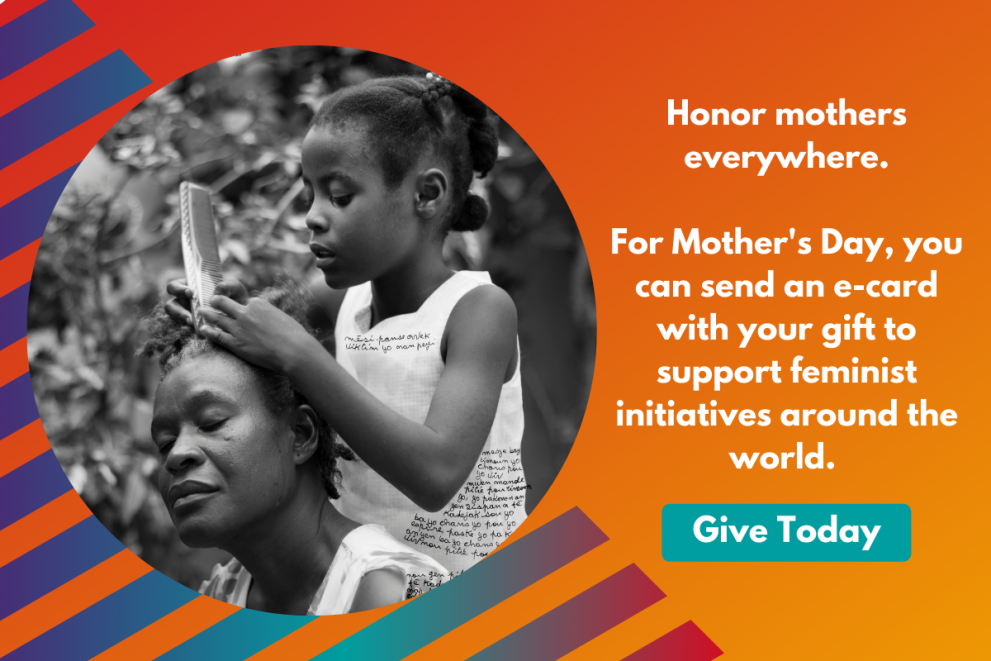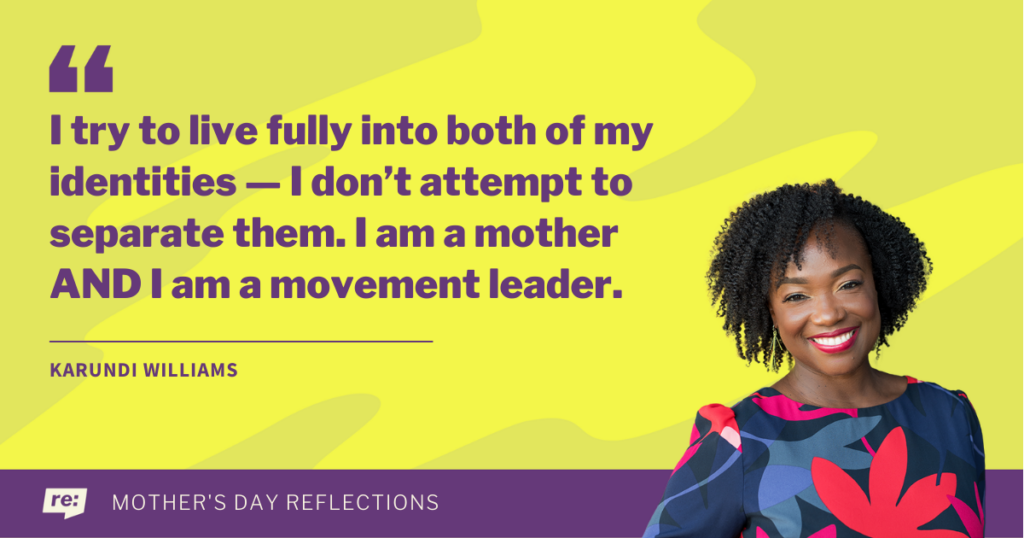Your nonprofit likely spends a significant amount of time attracting new donors, enlightening them about your mission, and sharing how your nonprofit can make a difference. But after a donor gives, does your nonprofit still keep in touch effectively?
Donor communication is a core part of cultivating long-lasting, valuable relationships with supporters. While it is important to attract new donors, staying in touch with the donors you have can allow your nonprofit to build a vibrant and passionate supporter community.
To improve your donor communication practices, let’s dive into three tips nonprofits can put into action immediately:
- Personalize your messages.
- Create new engagement opportunities.
- Demonstrate donors’ impact.
1. Personalize your messages.
Donors are individuals, and your nonprofit should strive to create unique relationships with each one of them. This may not seem like a practical goal on the surface, but with the right communication tools, you can tailor each message as closely as possible to a donor’s unique interests.
Personalization involves including personal details about each donor in your messages. This can include referring to them by their name, using the communication channels they prefer, referring to their past engagement, highlighting upcoming activities that fit their interests, and making donation requests that align with their previous gifts.
Your nonprofit’s CRM should allow you to create donor profiles, where you still house all of this information. Of course, if your CRM is lacking, it may be necessary to switch. For example, many nonprofits switch from Raiser’s Edge to the Salesforce CRM due to the latter’s increased functionality, such as its robust donor management applications.
2. Create new engagement opportunities.
Supporters are unlikely to get invested in your nonprofit if you only ever reach out to them with donation requests. Instead, vary your messages by sharing new engagement opportunities.
By giving supporters more ways to get involved, you can learn more about your supporters and even get opportunities to connect with them face-to-face. The more opportunities you offer, the more you’ll be able to improve donor relationships and create a better communication strategy.
A few types of activities to get in touch with your supporters about include:
- Volunteer opportunities. From helping with fundraisers to working on your initiatives, volunteers are a core part of your nonprofit’s team. Your donors can actually be one of your best sources for finding new volunteers as well. Reach out to donors and share how they can get involved in upcoming volunteer opportunities.
- Membership program. To get supporters even more involved in your nonprofit, consider creating a membership program. Supporters who join your membership program will pay a recurring fee, and in exchange, they’ll have access to a variety of content. This can include exclusive articles, online courses, and VIP treatment at events. Make sure you have the necessary tools to manage your members and communicate all of the benefits and opportunities associated with the program.
- Peer-to-peer campaign. Peer-to-peer campaigns call on your supporters to reach out to their friends and family to fundraise on your behalf. These campaigns give supporters an accessible way to help out your nonprofit besides donating. Plus, you can make your peer-to-peer campaign more engaging by combining it with other fundraising opportunities like events or giving days.
You know your donors best, so choose the engagement strategy that will most interest them. Take note of which donors engage in other opportunities. Then, the next time you get in touch with them, try sending a message about a similar activity and reference the last opportunity they participated in.
3. Demonstrate donors’ impact.
Donors want to know that their gifts are making a difference. As part of your communication strategy, be sure to share their impact. There are a few strategies nonprofits can use to let donors know their gifts matter, like:
- Adding examples. When donors are preparing to give, help them understand what their donation means by sharing examples of how their gift might be used. For example, a nonprofit that plants trees might mention how many saplings a $25 donation will help them replant.
- Using visuals. Help your supporters visualize their impact by using images. In your messages, add photographs of your volunteers hard at work, your beneficiaries receiving aid, and your staff rallying supporters to action. Nonprofits with access to a graphic designer can even create their own infographics to help supporters visualize the impact donations make in even more detail.
- Providing campaign updates. After a donor gives to a campaign, they may begin to question if their donation was worth it if they never hear back from the nonprofit. Use your CRM to keep track of which donors gave to which campaigns and initiatives. Then, reach out to them to share specific details about the progress you’ve made thanks to their support.
If your nonprofit is unsure how to best demonstrate your donors’ impact—and help them make more of an impact—rest assured that you’re not alone. There are a variety of resources, conferences, and courses available for nonprofits to improve their communication strategy and learn how to make each donation go further.


